Scientific name Caenogastropoda Higher classification Gastropods | ||
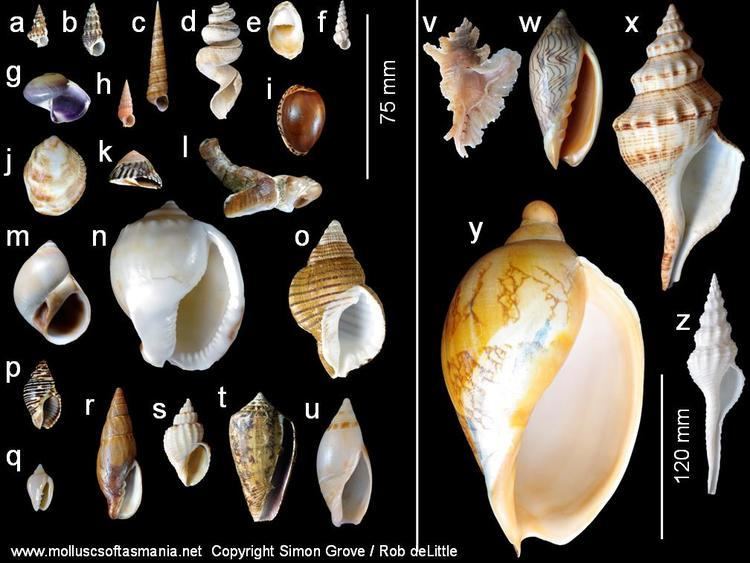 | ||
Lower classifications Sorbeoconcha, Ampullariidae, Viviparidae, Wentletrap, Tylomelania | ||
Caenogastropoda (from Ancient Greek caeno- meaning "recent") is a taxonomic clade, a large diverse group which are mostly sea snails and other marine gastropod mollusks, but also includes some freshwater snails and some land snails.
Contents
- Biology
- Taxonomy
- 1997 taxonomy
- 2005 taxonomy
- 2006 taxonomy
- Latest views by the World Register of Marine Species
- References
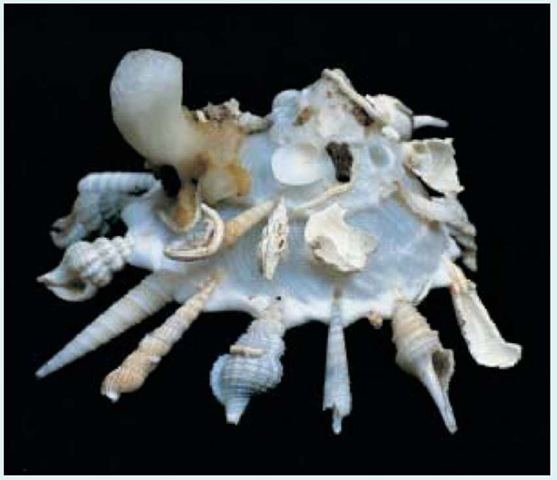
Caenogastropoda contains many families of shelled marine molluscs – including the periwinkles, cowries, wentletraps, moon snails, murexes, cone snails and turrids – and constitutes about 60% of all living gastropods.
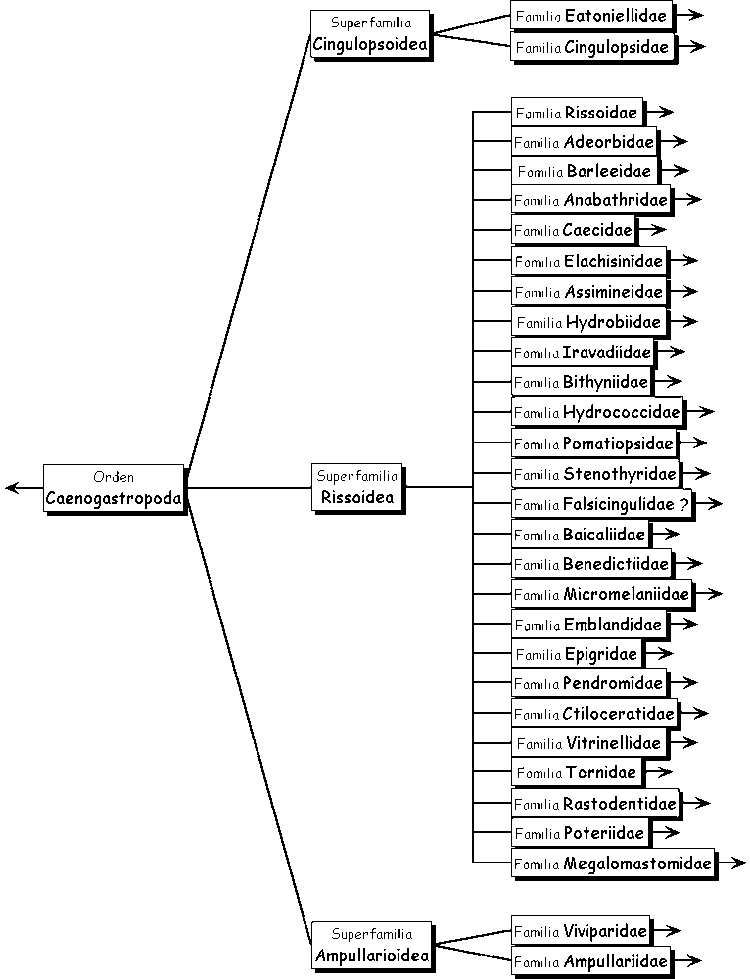
Biology

The Caenogastropoda exhibit torsion, and thus are included in what was previously been called the Streptoneura (meaning twisted nerves), also known as Prosobranchia (meaning gills forward). Specifically, they are characterized by having only a single auricle in the heart and a single pair of gill leaflets, and are equivalent to the Monotocardia or Pectinobranchia of older authors.
Taxonomy
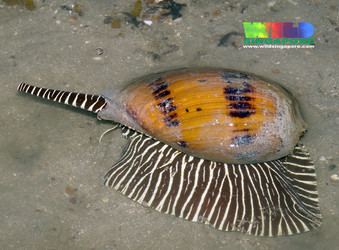
The taxon Caenogastropoda was first established by Leslie Reginald Cox in 1960 as a superorder but now sometimes it is retained as a clade. Based on optimal phylogenetic analysis, it is deemed monophyletic. This Caenogastropoda combines the older taxa Mesogastropoda and Stenoglossa from the classification by Johannes Thiele and is equivalent to the revised Monotocardia as defined by Mörch in 1865.
Caenogastropoda can be divided into two major groups, based on the anatomy of the radula:
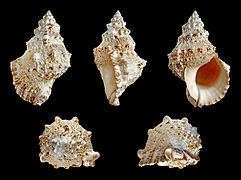
1997 taxonomy
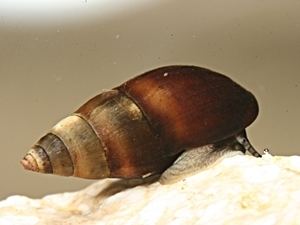
Ponder & Lindberg, 1997 and others since (e.g. Vega et al., 2006; Harzhauser, 2004; and Pina, 2002.) show Caenogastropoda as a superorder, following the sense of Cox, 1960. More recently Bouchet & Rocroi, 2005 revised Caenogastropoda as a clade.
2005 taxonomy
The following classification was laid out in the taxonomy of Bouchet & Rocroi (2005):
2006 taxonomy
Colgan et al. (2006) provided further insight into the phylogeny of Caenogastropoda.
Latest views by the World Register of Marine Species
Sorbeoconcha should be considered an alternate representation of Caenogastropoda.
Sorbeoconcha should include [Cerithioidea + Campaniloidea + all Hypsogastropoda (i.e. the remaining Caenogastropoda)], see definition in Ponder & Lindberg, 1997: 225, not only [Cerithioidea + Campaniloidea] as suggested by the indent pattern in Bouchet & Rocroi. Neotaenioglossa Haller, 1892 suggested in Ruud Bank’s draft for Fauna Europaea is not retained because it would need severe emendation to remove Pyramidellids, Cerithioids, etc.. included in its original definition, and therefore would be too far from Haller's concept if it were to fit the concept of Sorbeoconcha. Although cladistically sound, the taxon Sorbeoconcha is skipped in the classification scheme because (1) ten years after its publication, the name still sounds unfamiliar to most and (2) it is not very helpful in the classification because it includes the bulk of Caenogastropoda (only keeping out small stem groups Abyssochrysidae, Provannidae, and the architaenioglossate taxa). This is not final, opinions are welcome.
